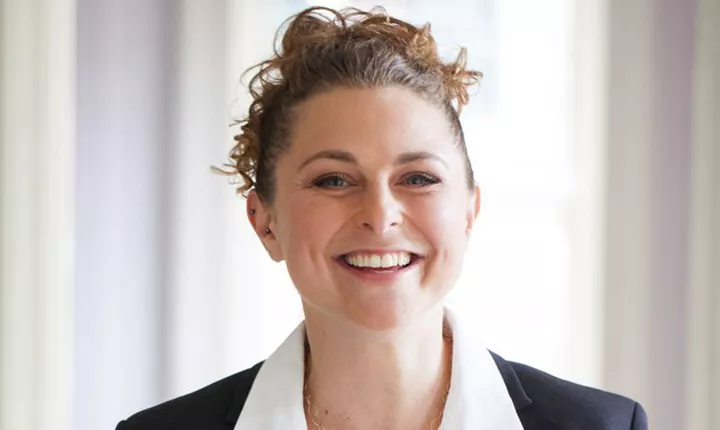Tedi Asher '05: The Neuroscientist in the Art Museum

Tedi Asher '05
Smithsonian Magazine: The Neuroscientist in the Art Museum
They were wired up with eye-tracking glasses and biometric sensors. The former would capture where they were looking. The latter would measure how much their skin produced sweat in response to a particular experience.
The subjects weren’t in a lab — at least not in the traditional sense. They were visitors to the Peabody Essex Museum’s spring exhibition “T.C. Cannon: At the Edge of America,” which explored the 20th-century Native American artist’s impact on art, music and poetry. During their time in the show, the participants were each given one of three viewing tasks. The intent was to see if the prompts might get them to engage with the art in a different way.
As Tedi Asher '05, the Salem, Massachusetts, art museum’s neuroscientist-in-residence explains, museum visitors aren’t necessarily viewing art the way they might think they are.
...
Back in May Asher worked with the curator of the exhibition, Karen Kramer, to identify nine artworks in the show and develop prompts for three different groups of viewers. Test subjects in one group were just given a historical fact about the art, to stimulate what’s called “free viewing” of the works. Subjects in a second group were directed to find a particular element in the piece—a searching task. And participants in a third group made a judgment about the work, after being asked a personal question about it. The 16 total participants in the experiment, which was conducted over the course of two weeks, were all given exit interviews when they left the exhibition to learn how they thought they engaged with the art.
Over the course of the summer, Asher will take this data and evaluate their eye movements, their sweat and their own impressions of the experience. The idea is to see if the group assigned the personal reflection prompt —the judging task — responded more strongly to the exhibition in comparison to the other two groups.
There’s something that might feel a little unsettling about the premise that the way people respond to art can be altered based on the way it is presented, and that an art museum would, in fact, even want to do that. But as Asher points out, the idea is not to manufacture a common experience—something she says is not only not a desirable result, but also not even a realistic one. “There are too many idiosyncratic things that each individual brings with them when they come to a museum,” she says. “Those memories, and experiences, and associations are things to be valued and they’re things that will really impact how people relate to the art, and that’s great.”
Instead, the hope is to make the museum experience as effective as possible. “If we’re doing things that in reality don’t work really well then we’re really undercutting ourselves and we’re undercutting the role and importance of art,” says Monroe.
Asher was a biology major and history minor at Swarthmore, as well as a member of the women's basketball team and the Writing Associate Program.



